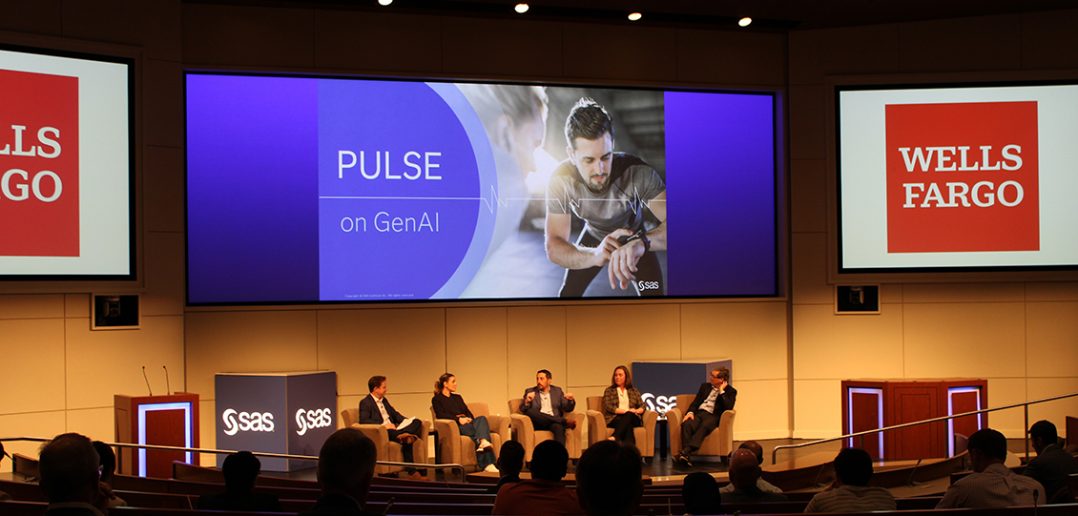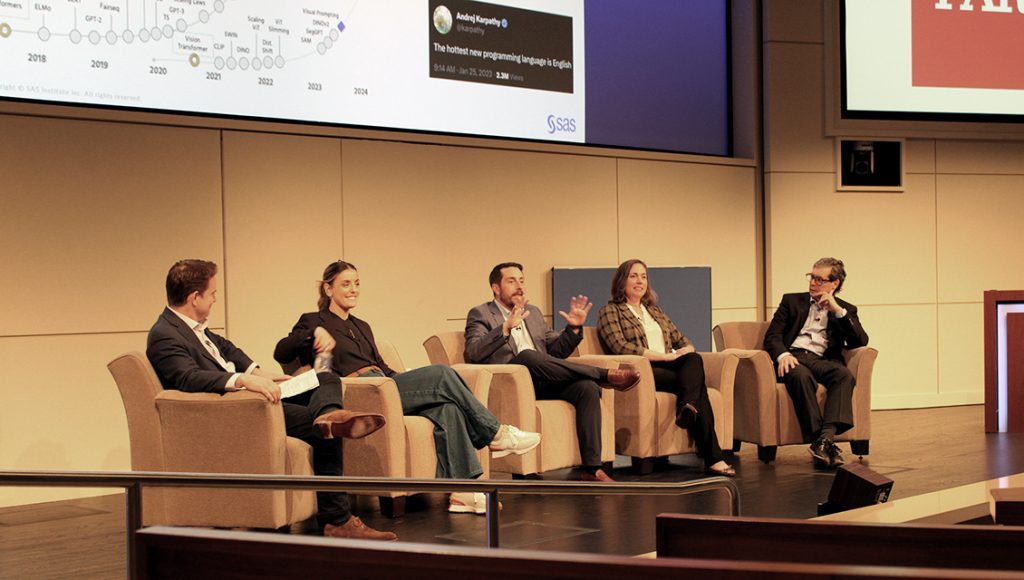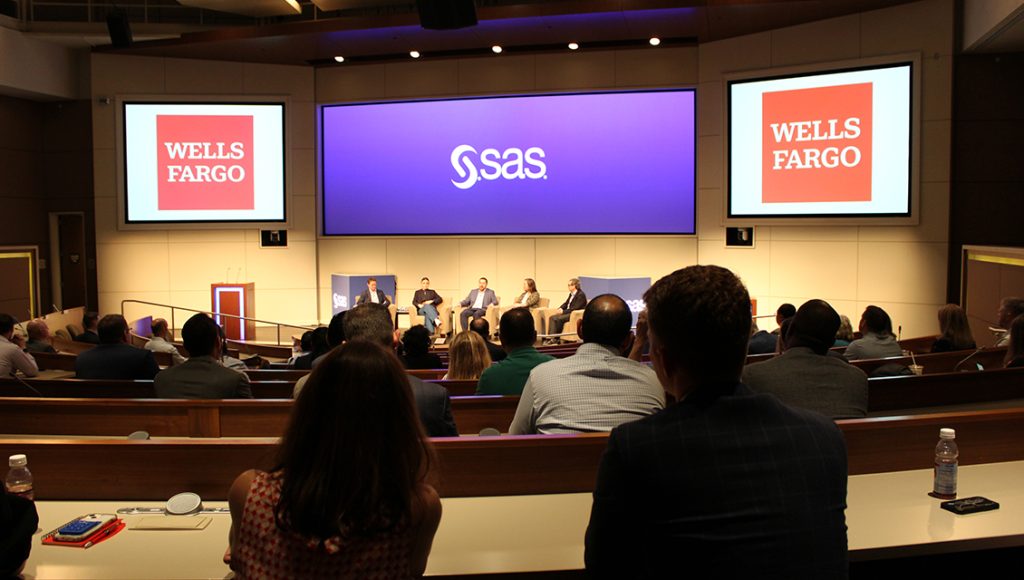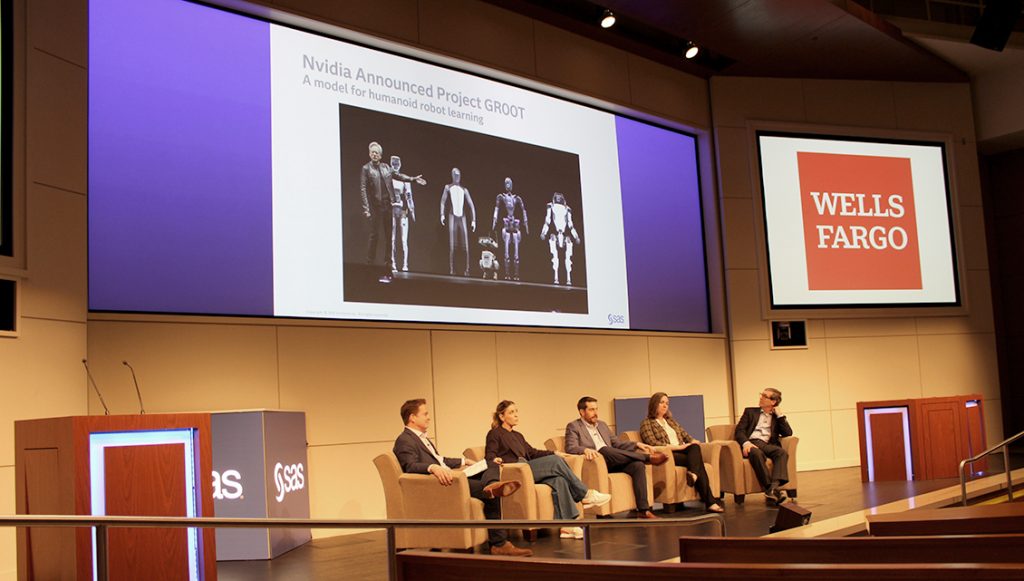A recent SAS survey revealed that 80% of business leaders are anxious about GenAI's data privacy and security implications
Owing to these and other concerns, Wells Fargo Chief Data Officer Brian Gibbons and an esteemed panel of AI experts, hosted by Wells Fargo Technology Banking, addressed an audience of the bank’s customers at SAS world headquarters.
Attendees heard panelists discuss GenAI innovation's cross-industry impacts, with a focus on how executives responsible for implementing AI strategies are addressing its inherent challenges.

AI ethics is “non-negotiable”
Trustworthy AI quickly emerged as the discussion’s overarching theme. Gibbons emphasized that AI ethics is “table stakes” for the financial services company.
“That’s nonnegotiable for us because, as a financial institution, we’re fundamentally in the trust business. People trust us with their data. They trust us with their financial information,” said Gibbons. For Wells Fargo, that means using AI in “very narrow ways that would never put customer trust at issue,” he said.
Responsible innovation is about people and for people
Responsible innovation is predicated on the people, not the technology, emphasized Michael Rappa, Ph.D. of the North Carolina State University Institute for Advanced Analytics. Also, more than ever, skilled professionals who can navigate the complexities of AI technologies are needed.
“In AI, the most important ingredient is human intelligence,” said Rappa. “Trustworthy AI requires people who actually understand what these models do, how to properly deploy them and how to think through the problems that emerge.”
SAS’ Marinela Profi, Head of AI Market Strategy, agreed. “AI is our ally. It’s our partner. And it will only make us more productive,” she said. “But behind every low-code/no-code option is code … so much code.” She added that there’s “never been a better time to be a developer.”
Alex West, a Data Scientist from Deloitte’s AI Center of Excellence, advised that integrating GenAI in ways that free subject matter experts from mundane and manual tasks is a great starting point – using a large language model to surface relevant information buried in thousands or millions of documents, for example. By wisely selecting their GenAI use cases, “we have our smart people doing things that are smarter,” West said.
Dive deeper
Curious to explore SAS’ recent study on the challenges and opportunities organizations commonly face in implementing GenAI? Get in the know on GenAI.






